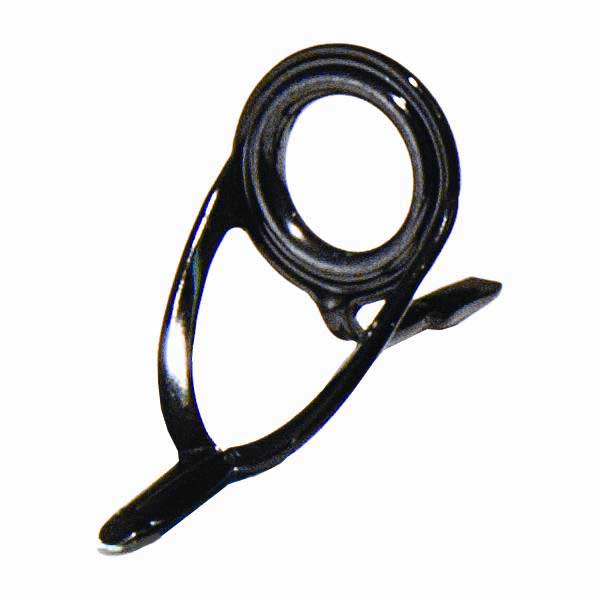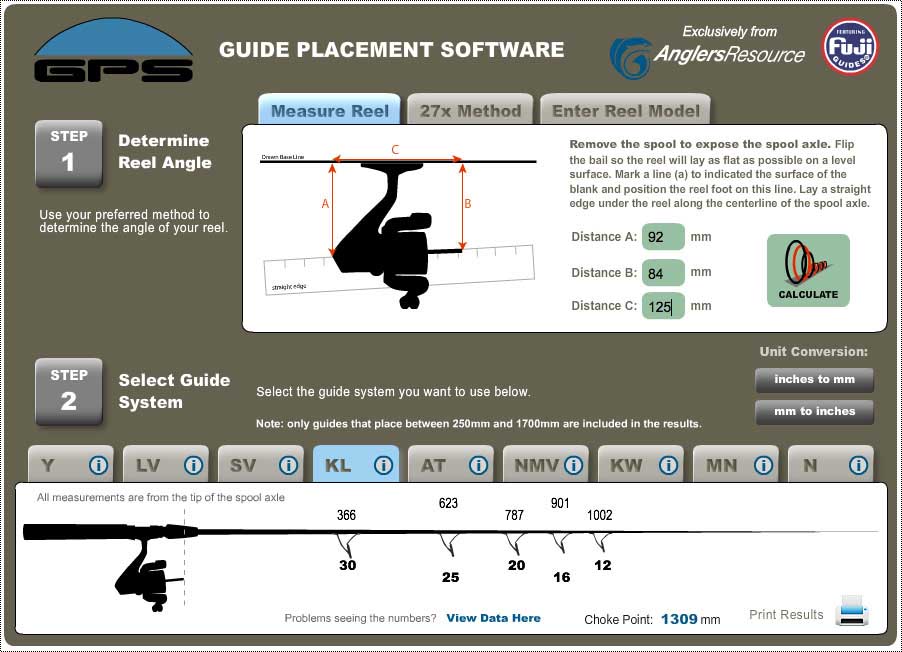When I first heard about micro guides for fishing, my immediate response was, “No way!” The thought of trying to pass fishing line through those tiny openings just didn’t make any sense to me, especially considering the thickness of heavier test lines. Kind of like a square peg in a round hole, the concept seemed stupid and futile.
In spite of my reaction, it wasn’t long before some of the pros started swearing by them — guys I respect were touting their advantages, claiming micro guides increased sensitivity and improved line control without compromising casting distance. But I still couldn’t buy into the concept.
It wasn’t until this past summer that my friend, Jim Ising, helped me see the light.
Serving as marketing director for Anglers Resource (North American distributor for Fuji Rod Components), Jim schooled me on how they actually work. The lesson began in a meeting room at the company’s Foley, Ala., headquarters. And even though what he presented made perfect sense, I still remained skeptical — at least until he put one of their test rods in my hands. That’s when I could “feel” their true advantages.
Micro Management
The test rod was built from high carbon graphite, in a 6 1/2 foot medium-action. Set up for spinning, it wasn’t just a few guides slapped to a blank. This rod was a technical marvel!
With the help of Fuji engineers, Jim applied a new formula for guide placement — one that takes micro guide performance to a whole new level. By strategically positioning each guide, the rod was able to perform at its maximum capability — both in casting efficiency and sensitivity.

The reel used was a Shimano Stella spooled with 8-pound Sufix Castable Fluorocarbon. Tied to the end of the line was a standard 3/8-ounce casting plug. Initially, I believed the rod would cast the plug only 30 to 40 yards or so. Man, was I ever wrong! That plug flew like a rocket, almost out of sight. I tried a variety of casts too — backhand, underhand, sidearm — you name it. The rod performed flawlessly. And what amazed me more than anything was how well the guides managed line memory — minimizing those nasty coils usually associated with spinning equipment.
The small guides did just what they claimed they would do; lighten the rod, increase sensitivity and manage line better.
Fuji Science
Although the R&D process had to be monumental, Fuji’s concept is actually quite simple. The engineers combined the use of a new micro guide design with a formula for critical placement. They call the new guides “KR Concept” guides. In a nutshell, these guides are lighter, stronger and much more efficient at releasing heat caused by friction. They also follow the frame design of Fuji’s newest tangle-free K-Series Guides.
Each summer, the American Sportfishing Association hosts its annual ICAST convention. Manufacturers from around the world show up with their best new products hoping to impress the buyers and media attending the event. Fuji’s new KR Concept guides did not disappoint. Their team of factory techs staged product demos for an exclusive list of rod manufacturers and media types, all of whom walked away with a new respect for micro guides and their expanded application.
They demonstrated that by using their new KR Concept guides and “choking” the line much quicker, better overall rod performance is realized. Choking simply refers to the reduction of line coils as they leave the reel and enter the stripper guides (the larger guides closest to the reel). From there the emphasis is on flattening the path of the line to run as close to the blank as possible without making contact. To achieve this, they actually increase the number of guides.
I know what you’re thinking; how could that help? You’d think more guides would create resistance and subsequently limit casting distance. And they should dampen sensitivity too. But the truth is, a modest increase in guide count works, as long as they are placed strategically.
Fuji’s tests showed that more guides meant more contact with the line, which helps to maintain the correct path of flow, while improving sensitivity. Here’s how: Each micro guide is like a tiny sensor, picking up subtle vibrations as they travel up the line. The guides then transmit those signals into the blank and ultimately to the user’s hands. Because they are so small and low in profile, there’s very little dampening effect — virtually nothing is lost in the transfer.
Simply put, the new KR Concept guides and the templates used to correctly place them create a lighter, more sensitive rod that casts farther.
To ensure correct positioning, Anglers Resource developed their new Guide Placement Software (GPS) — a program for any rod builder to utilize, so that they can accurately select and place specific types of Fuji guides on any blank, based on length, action, and reel position. Might sound a bit dry and technical, but by watching their animated schematic in action, you’ll see how it eliminates the guesswork, while improving end-product results.

Granted, not everyone will try wrapping their own rods. But for those that do, the GPS system will help make the process a whole lot simpler. Fuji’s new KR Concept components will be available in the U.S. this season. In the meantime, check out www.anglersresource.net. It’s free, fun and informative!





